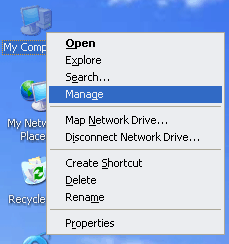
This is useful if you don’t have scp or rsync which act as ssh clients. Compression and uncompression is done using tar command.
Ssh tunnel manager http proxy from command line how to#
SSH copy filesĪn example below shows how to compress files on a remote server and copy to the local system by piping to tar. c –> Use blowfish encryption for ssh session 9. More than one listing is done by separating them with commas. c is used to specify the cipher specification for encrypting the session. The compression algorithm is the same used by gzip. Do not use this on faster networks since it will just slow things down. This is desirable when working with modems and other slow connections systems. To request compression of all data (including stdin, stdout, stderr, and data for forwarded X11, TCP and UNIX-domain connections, -C option is used. Note that only root can forward privileged ports. Whenever a connection is made to this port, the connection is forwarded over the secure channel, and the application protocol is then used to determine where to connect to from the remote machine.Ĭurrently the SOCKS4 and SOCKS5 protocols are supported, and ssh will act as a SOCKS server. The way this works is by allocating a socket to listen to port on the local side, optionally bound to the specified bind_address. This will create a SOCKS proxy on localhost and port 10000. Create a SOCKS proxy tunnel $ ssh -D 9999 This will launch Firefox application and display UI on the local machine. Use the -X option to launch an application through ssh session. Launch a specific X application over SSH: This is useful for just forwarding ports. N means do not execute a remote command.

SSH session will exit after executing specified commands. when implementing menu services.Īs an example, let’s connect to a server and do a ping to 8.8.8.8, with a count of 3. t is used to force pseudo-terminal allocation. This can be used to execute arbitrary screen-based programs on a remote machine, which can be very useful, e.g. This is achieved by passing the command and its options after the server part. Connect and execute a command on a remote server:Īt times you want to run a command on bash shell on a remote server. Use the -A option to enable the forwarding of the authentication agent. Connect and forward the authentication agent The port has to be allowed on the firewall. Here, we’re connecting to the SSH server running on port 2222.

The default SSH port is 22, to access a remote system with a different service port, use the -p option. $ ssh -i /path/to/file.pem Ī path to private key file follows after -i flag.


 0 kommentar(er)
0 kommentar(er)
